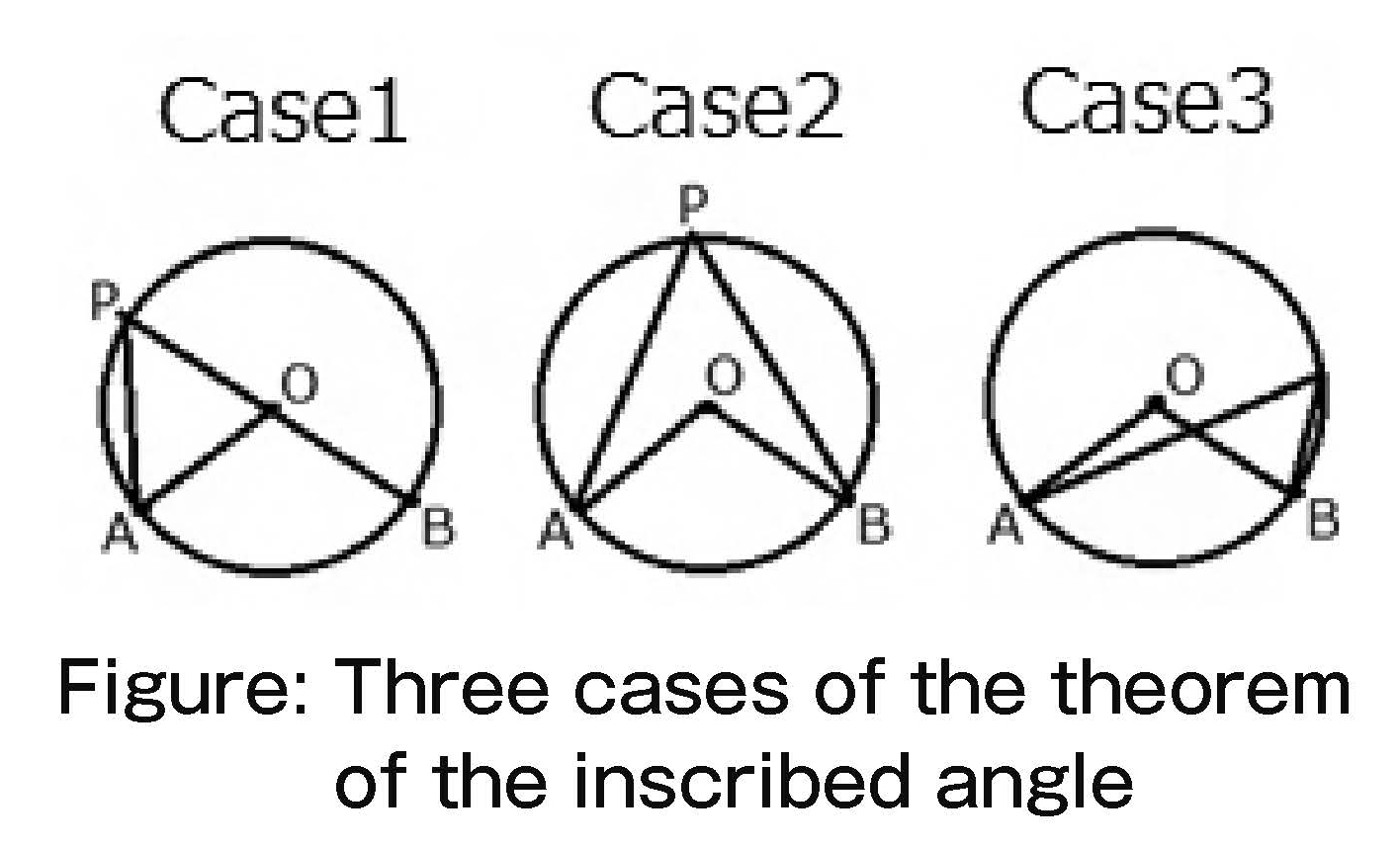Volume 27, Issue 1
Journal of JASME Research in Mathematics Education
Displaying 1-8 of 8 articles from this issue
- |<
- <
- 1
- >
- >|
-
Article type: Article
2021Volume 27Issue 1 Pages 1-14
Published: December 01, 2021
Released on J-STAGE: October 30, 2024
Download PDF (506K) -
Article type: Article
2021Volume 27Issue 1 Pages 15-32
Published: December 01, 2021
Released on J-STAGE: October 30, 2024
Download PDF (1321K) -
Article type: Article
2021Volume 27Issue 1 Pages 33-46
Published: December 01, 2021
Released on J-STAGE: October 30, 2024
Download PDF (1478K) -
Article type: Article
2021Volume 27Issue 1 Pages 47-68
Published: December 01, 2021
Released on J-STAGE: October 30, 2024
Download PDF (692K) -
Article type: Article
2021Volume 27Issue 1 Pages 69-90
Published: December 01, 2021
Released on J-STAGE: October 30, 2024
Download PDF (1013K) -
Article type: Article
2021Volume 27Issue 1 Pages 91-106
Published: December 01, 2021
Released on J-STAGE: October 30, 2024
Download PDF (1194K) -
Article type: Article
2021Volume 27Issue 1 Pages 107-117
Published: December 01, 2021
Released on J-STAGE: October 30, 2024
Download PDF (1151K) -
Article type: Article
2021Volume 27Issue 1 Pages 119-131
Published: December 01, 2021
Released on J-STAGE: October 30, 2024
Download PDF (642K)
- |<
- <
- 1
- >
- >|

